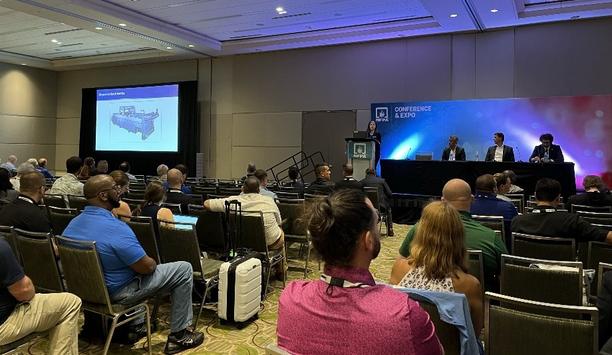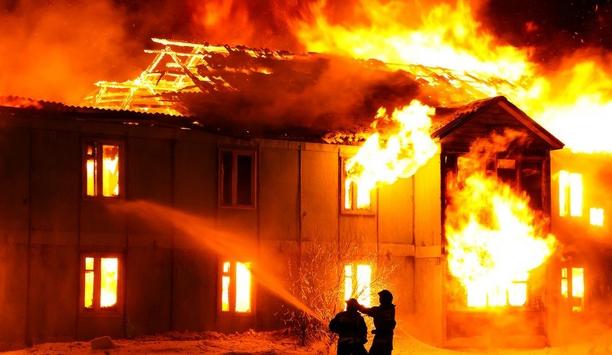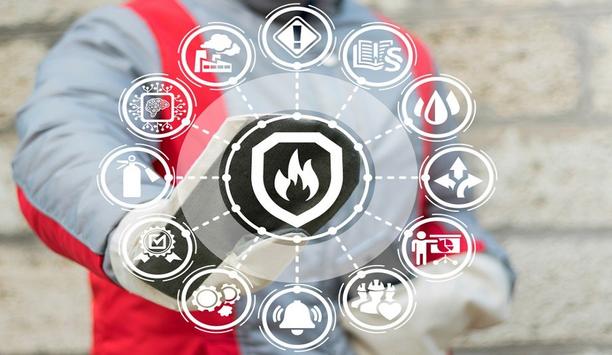Around 2,700 firefighters are working to stamp out the wildfires in Australia that have engulfed 24,000 square miles (about 15 million acres) and killed at least 28 people since the fire season began last July. About 3,000 homes have been destroyed since September, and hundreds more could be at imminent risk.
More than 100 U.S. firefighters are among those at work in Australia. They include 59 from California who are assisting the Victoria Rural Fire Service, the largest in the Australian state.
Deploying Firefighters
The National Interagency Fire Center (NIFC), Boise, Idaho, is coordinating the deployment of firefighters from the United States, also including 37 in New South Wales.
The NIFC is sending firefighters to Australia for the first time since 2010
The NIFC is sending firefighters to Australia for the first time since 2010 as part of an agreement between the U.S. Department of the Interior and Emergency Management Australia. In August 2018, Australia and New Zealand sent 140 firefighters to the United States for 30 days.
Persistent heat and drought have exacerbated the wildfires, and there have been fires in every Australian state, although New South Wales has been hardest hit. Strong winds have spread smoke and fire rapidly and led to fatalities. A volunteer firefighter died in New South Wales after his truck rolled over in high winds; he is one of several volunteer firefighters who have lost their lives.
The Extent of the Fires
Whole towns have been engulfed in flames
Big cities like Melbourne and Sydney have been affected; large fires have damaged homes in the outer suburbs and smoke has destroyed air quality in urban areas. Whole towns have been engulfed in flames.
Rain has helped to ease conditions in recent weeks, but emergency services personnel say it would take 8 inches of rain over a brief period of time to quell the flames. There are 130 fires burning in the state of Victoria alone. Rather than help the situation, light rain can complicate implementation of tactical and strategic back-burns and other methods of bringing the blazes under control.
Recovery is also a challenge as responders work to provide essential supplies and power, clear local roads and give support to the newly homeless. Helicopters have dropped supplies to towns at risk. The Australian Defence Force is assisting firefighters, including army personnel, air force aircraft and navy cruisers used for firefighting, evacuation, cleanup and search-and-rescue. The military has been involved in clearing roads closed by fallen trees, burying dead farm animals, and providing fodder for surviving livestock.
Large Infernos and Smaller Blazes
The 15 million acres impacted by the Australian bush fires are an area about the size of West Virginia, and about seven times the size of California’s 2018 fires. (Another report estimates 28 million acres have been affected – 16 times the amount of land destroyed during California’s worst fire season.) Some are smaller blazes; others are large infernos that occupy acres of land and have been burning for months. Dry lightning started some of the fires, but at least 24 people have been charged with deliberately starting brush fires.
At least 24 people have been charged with deliberately starting brush fires
Conservatively speaking, more than half a billion animals have been impacted, with millions likely dead. They include birds, reptiles and mammals. More than a third of koalas in New South Wales may have been killed; a third of their habitat is destroyed. Conservation groups fear the disaster could lead to local extinctions and threaten the survival of some species.
Previously the largest wildfire disaster in Australia was the Black Saturday fires that killed 173 people in 2009, the deadliest bush fire disaster on record. Bush fires are not unusual (or usually deadly) in Australia. However, this year, thick brush, hotter temperatures and low humidity have aggravated the situation.
One Fire Management Officer said the reception of U.S. firefighters in Australia “felt really good” and the mutual respect between the two nations’ firefighter teams was palpable.







































